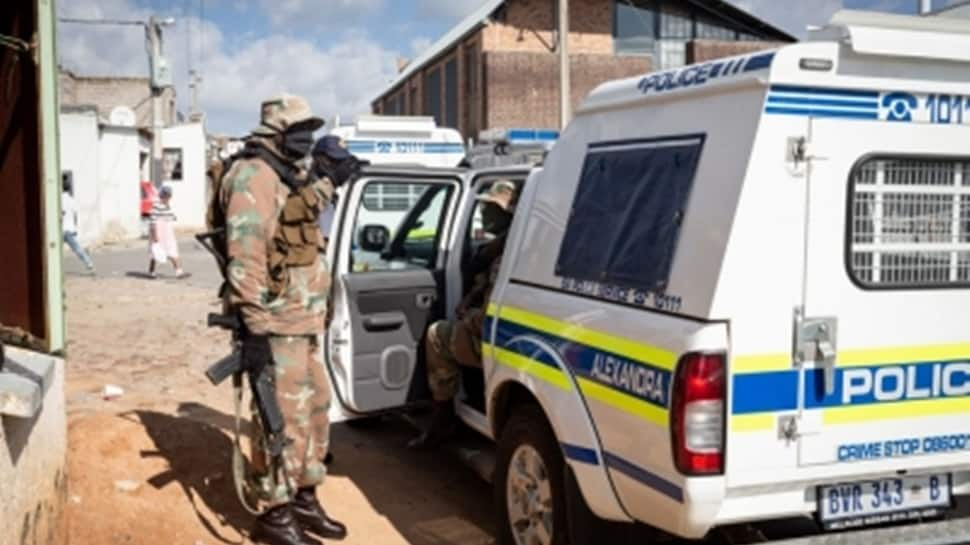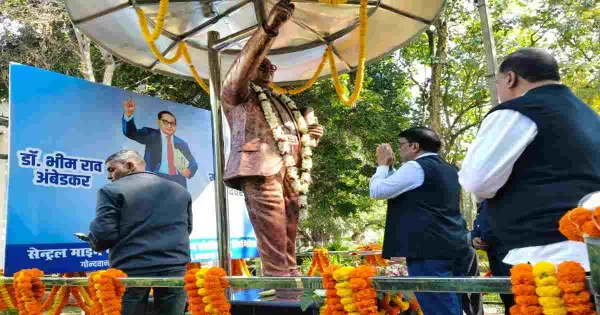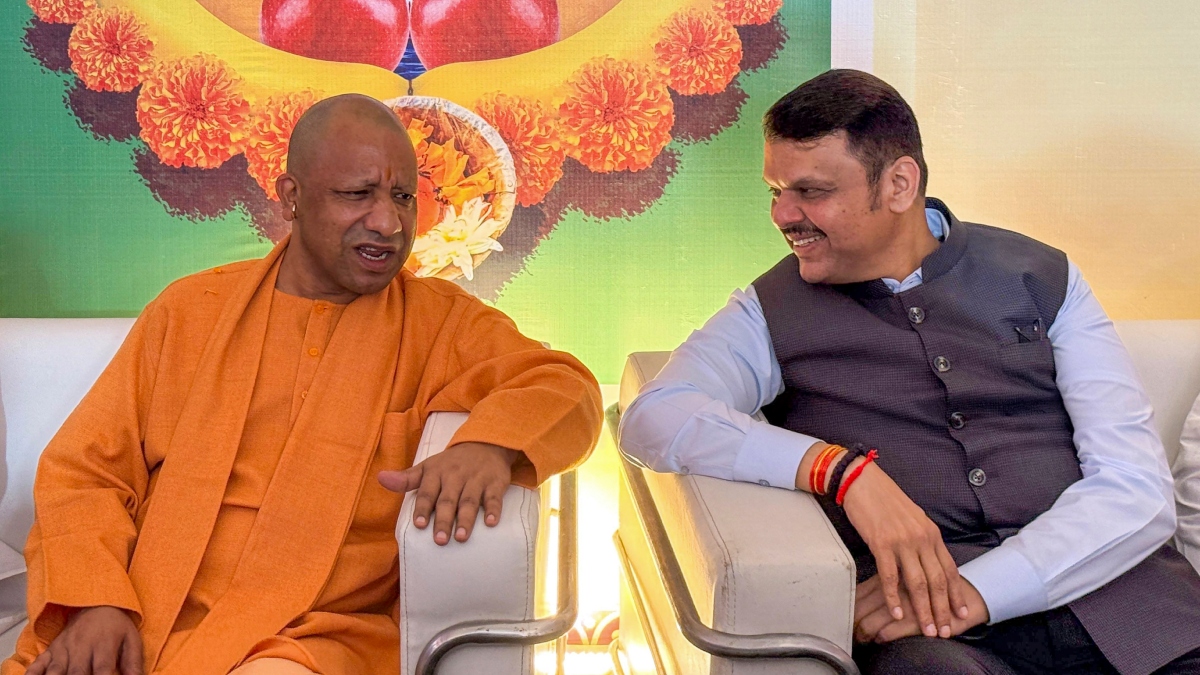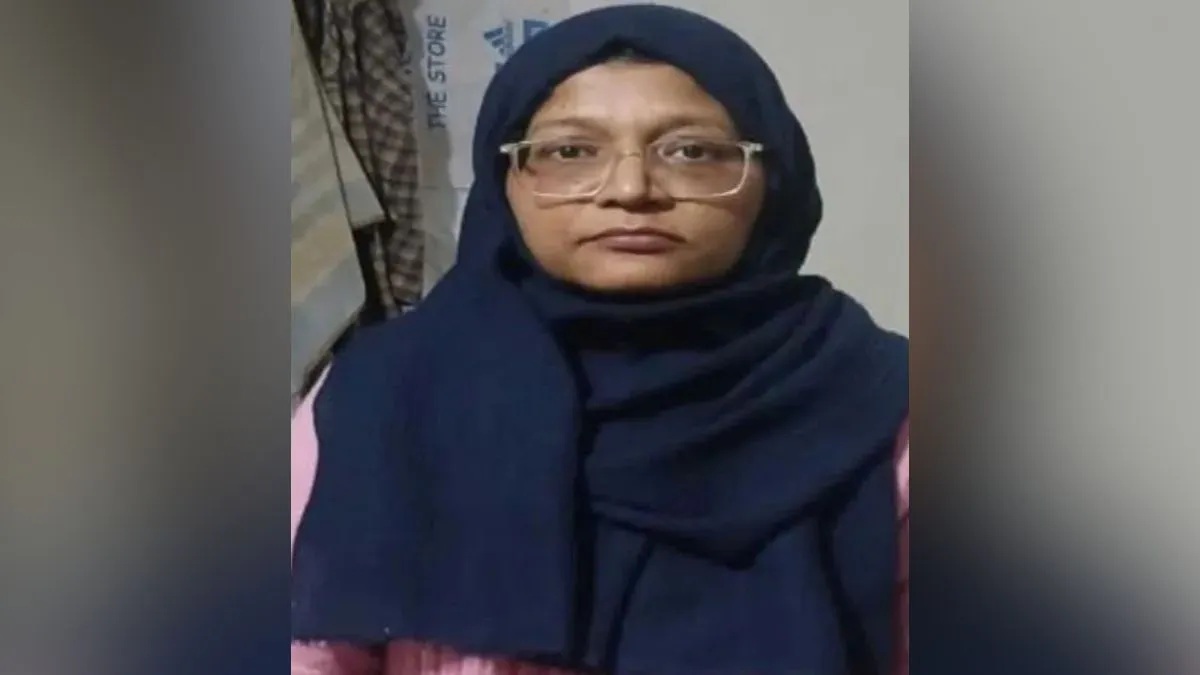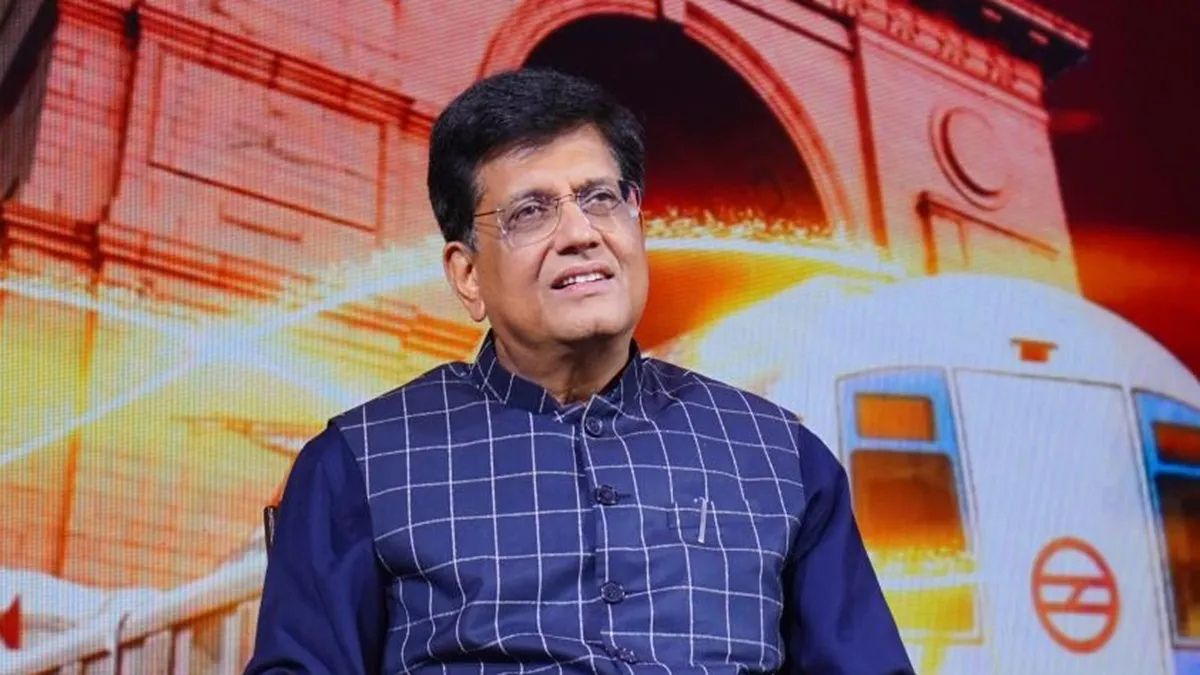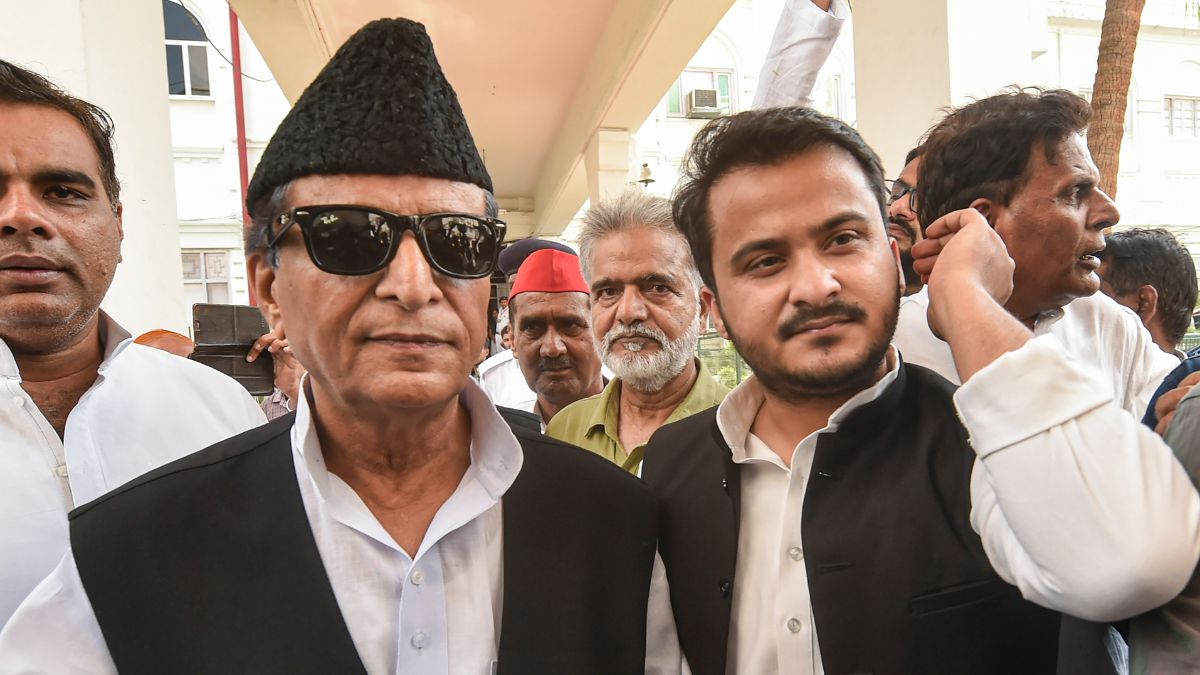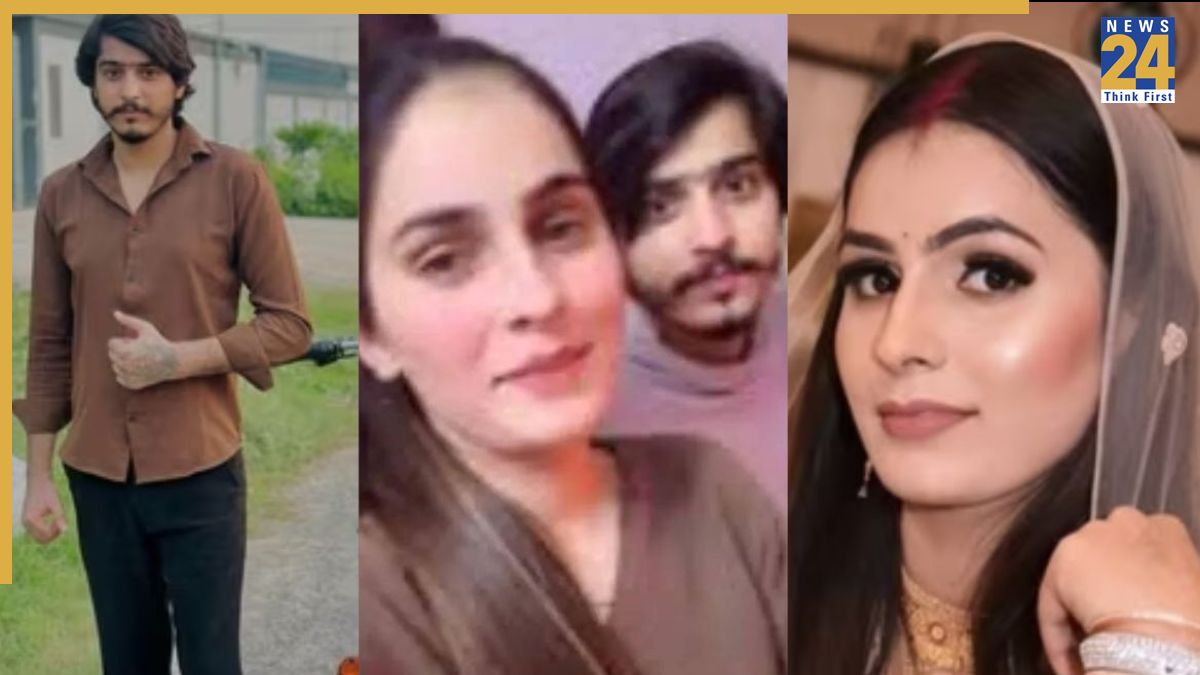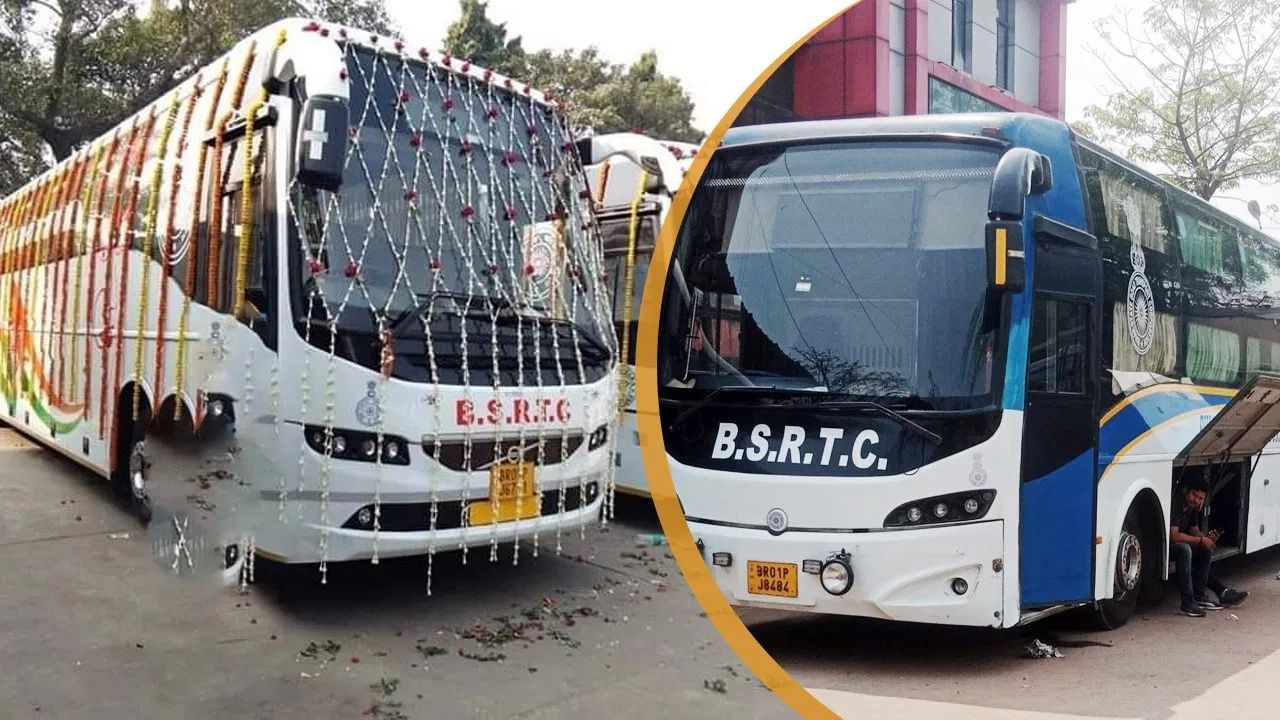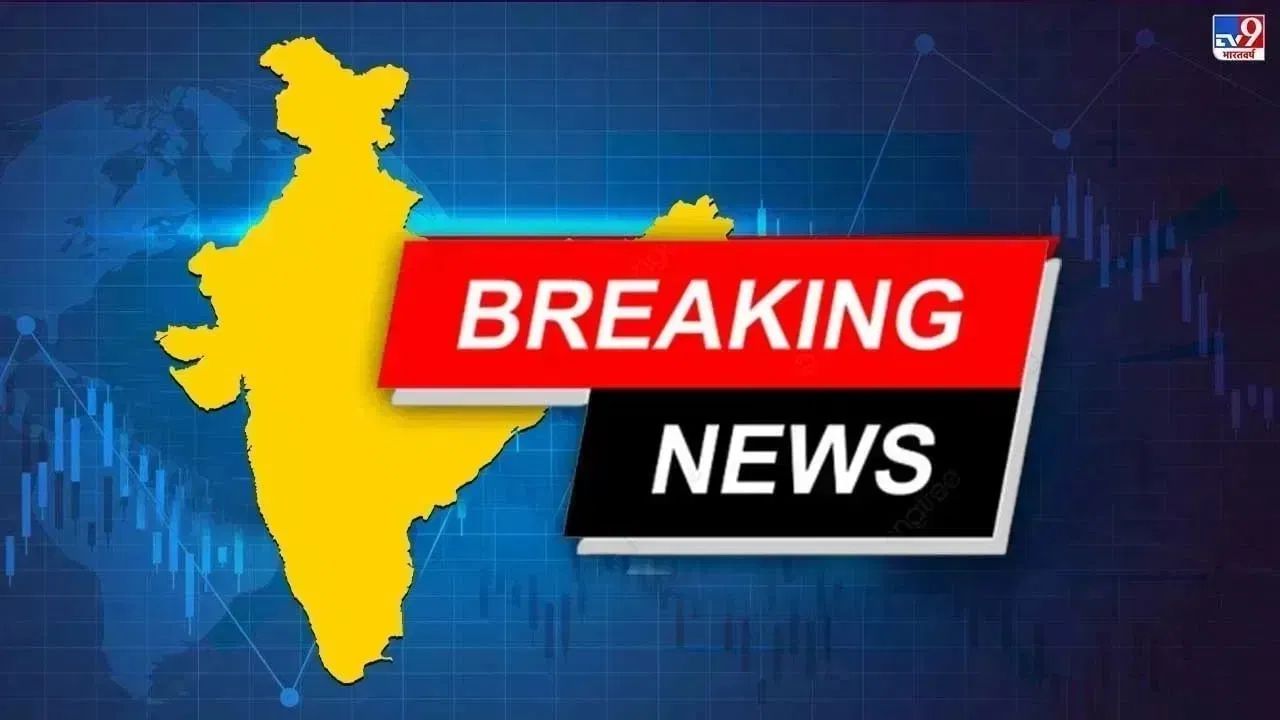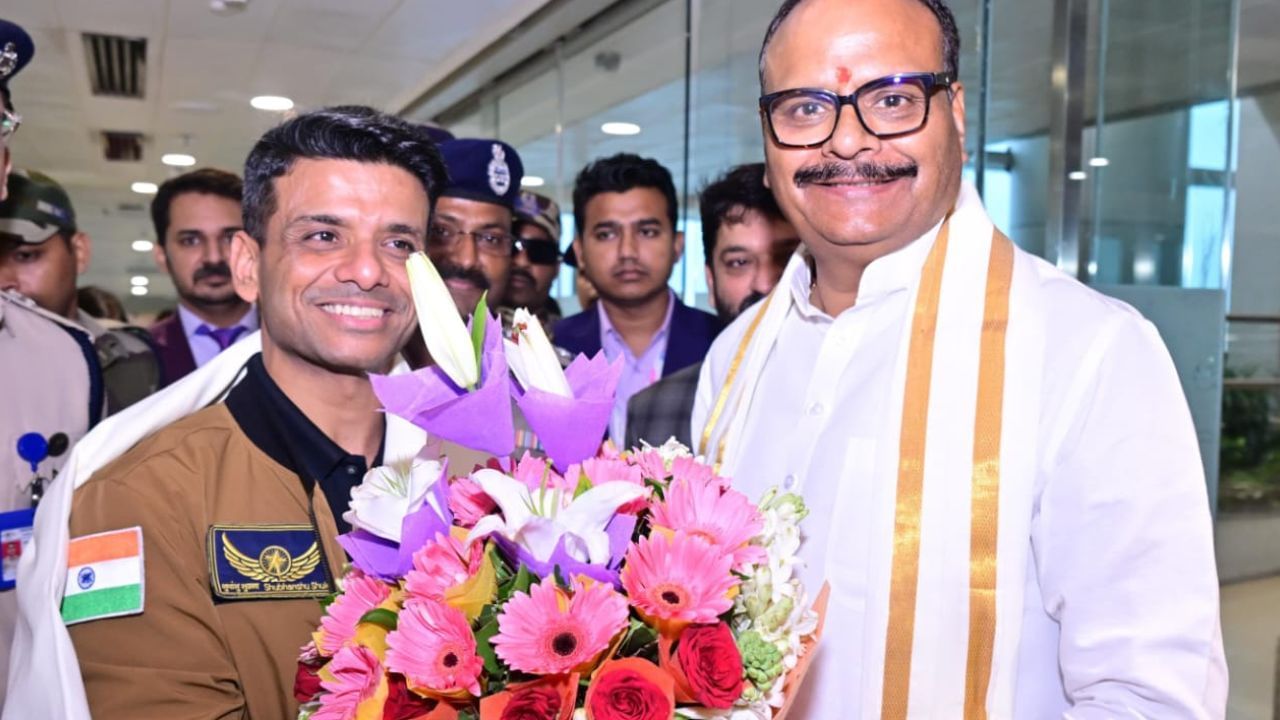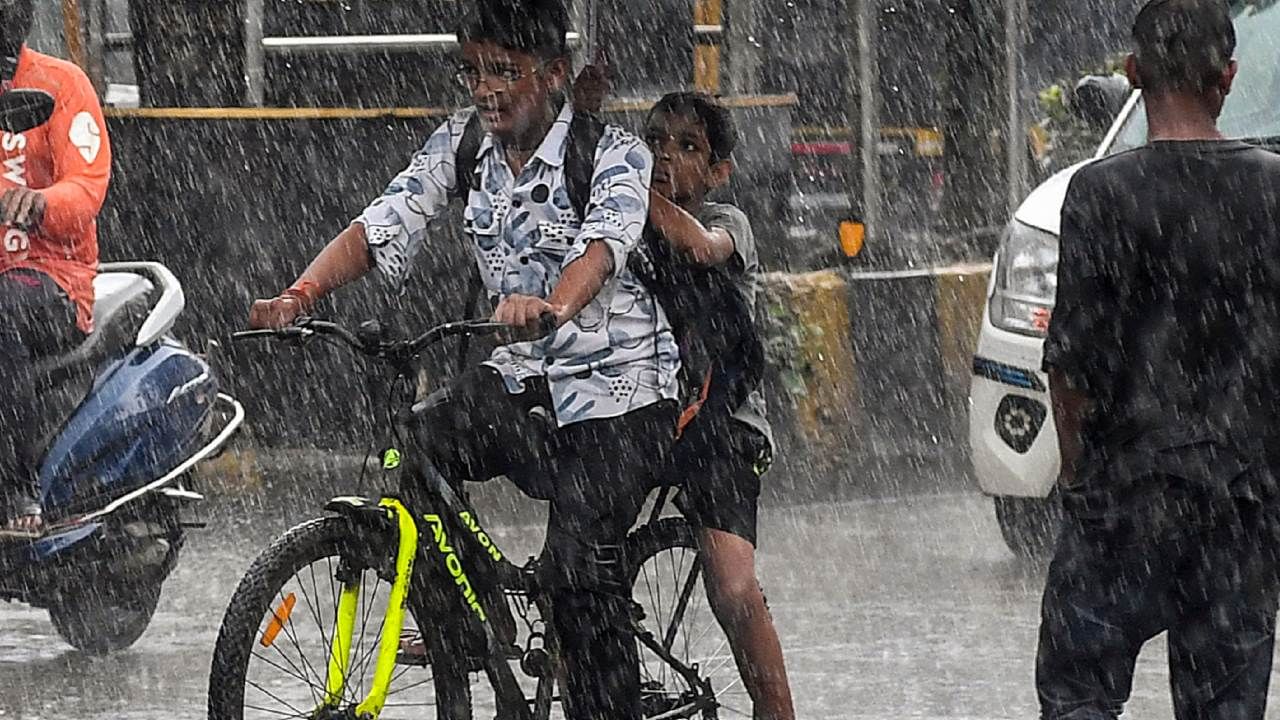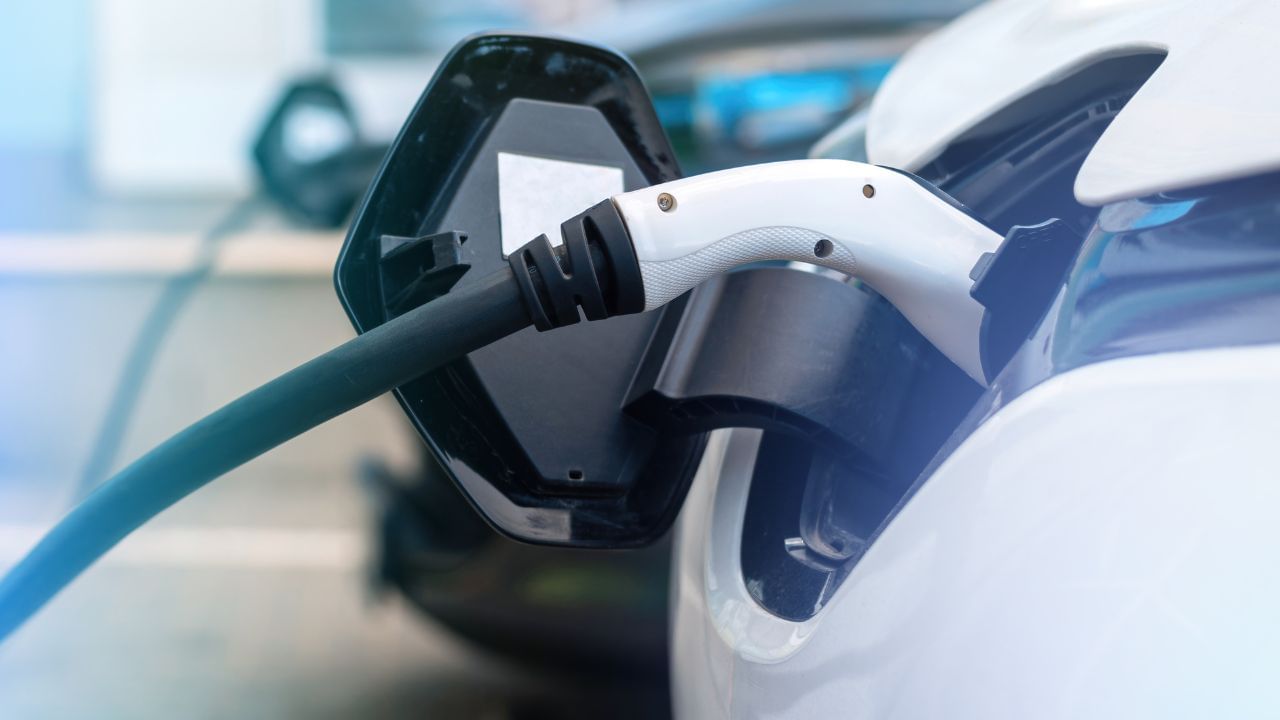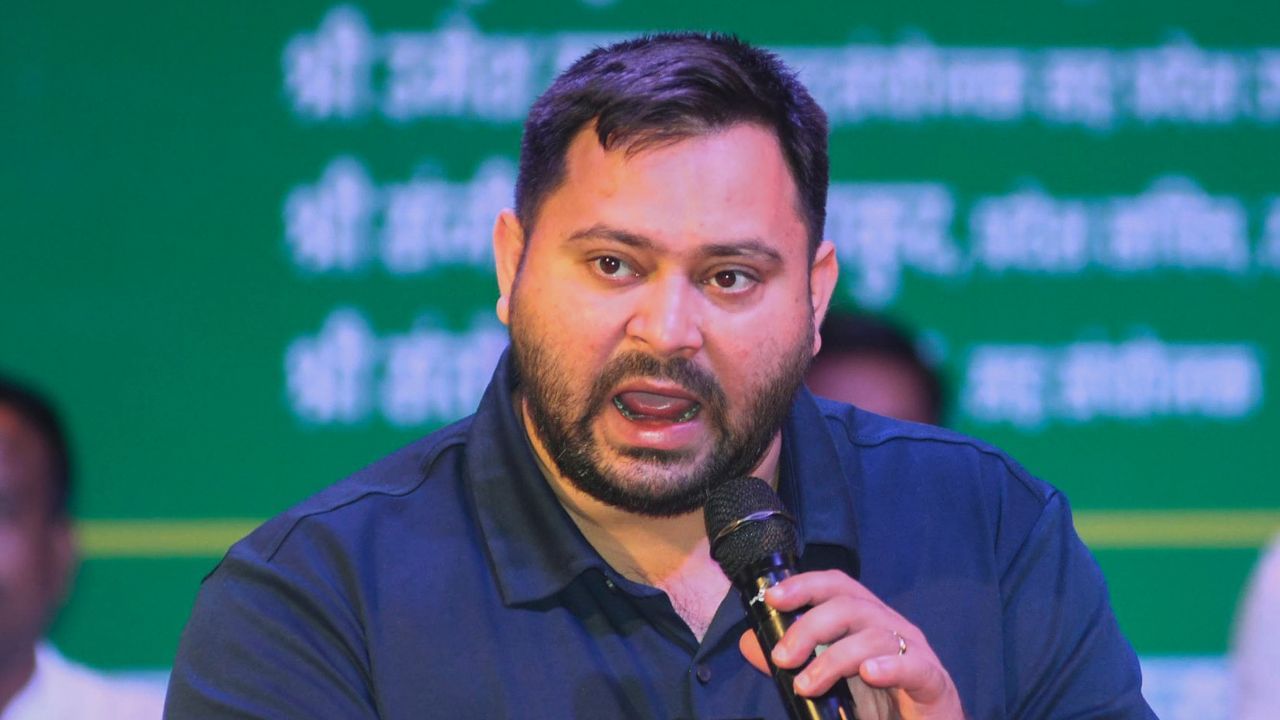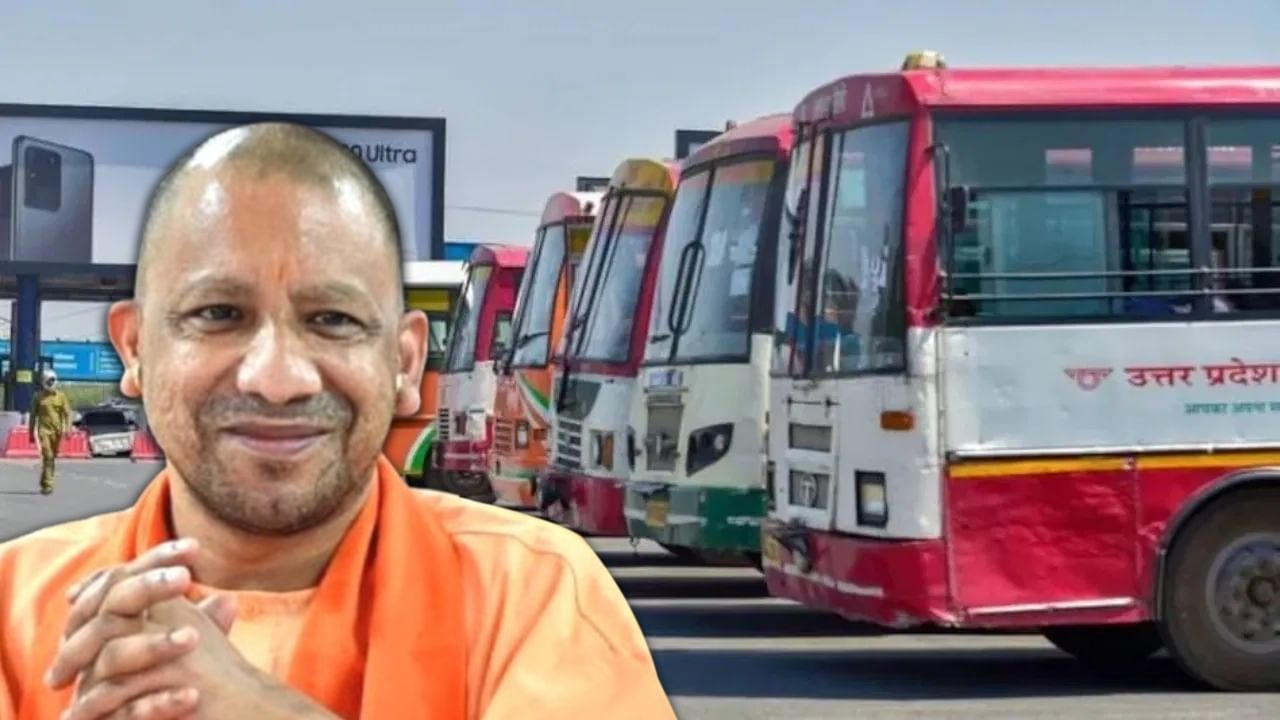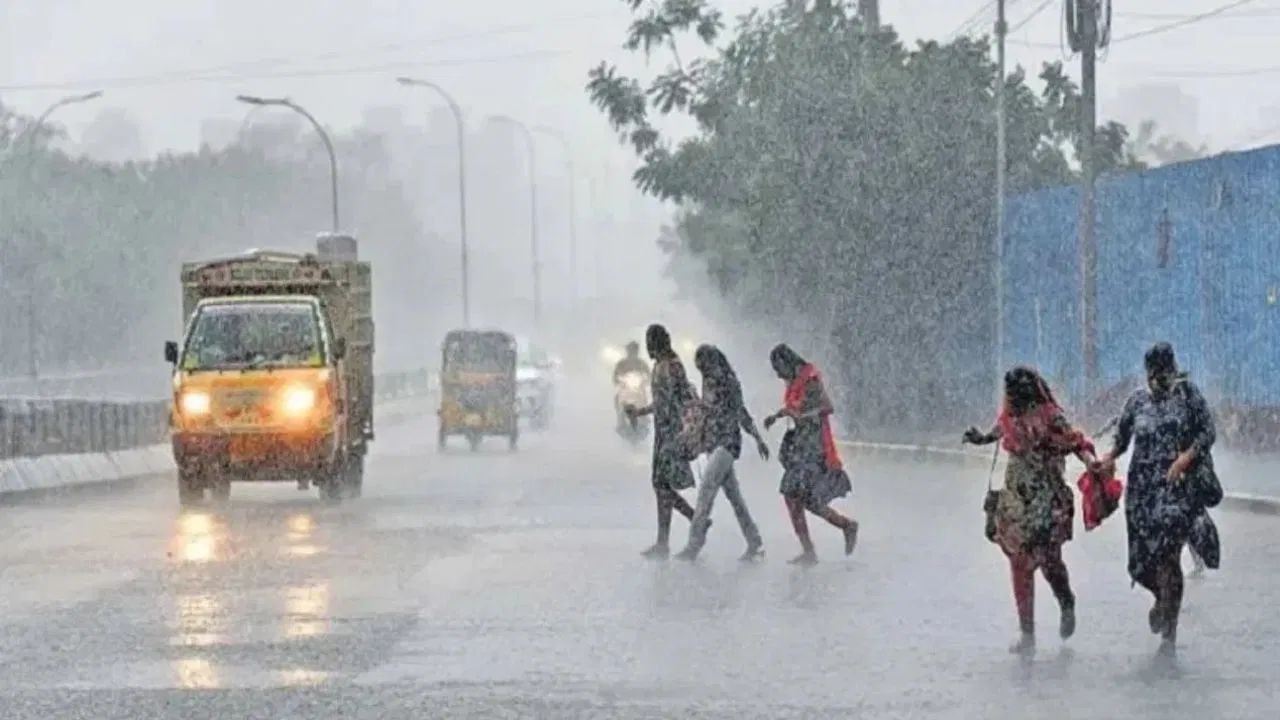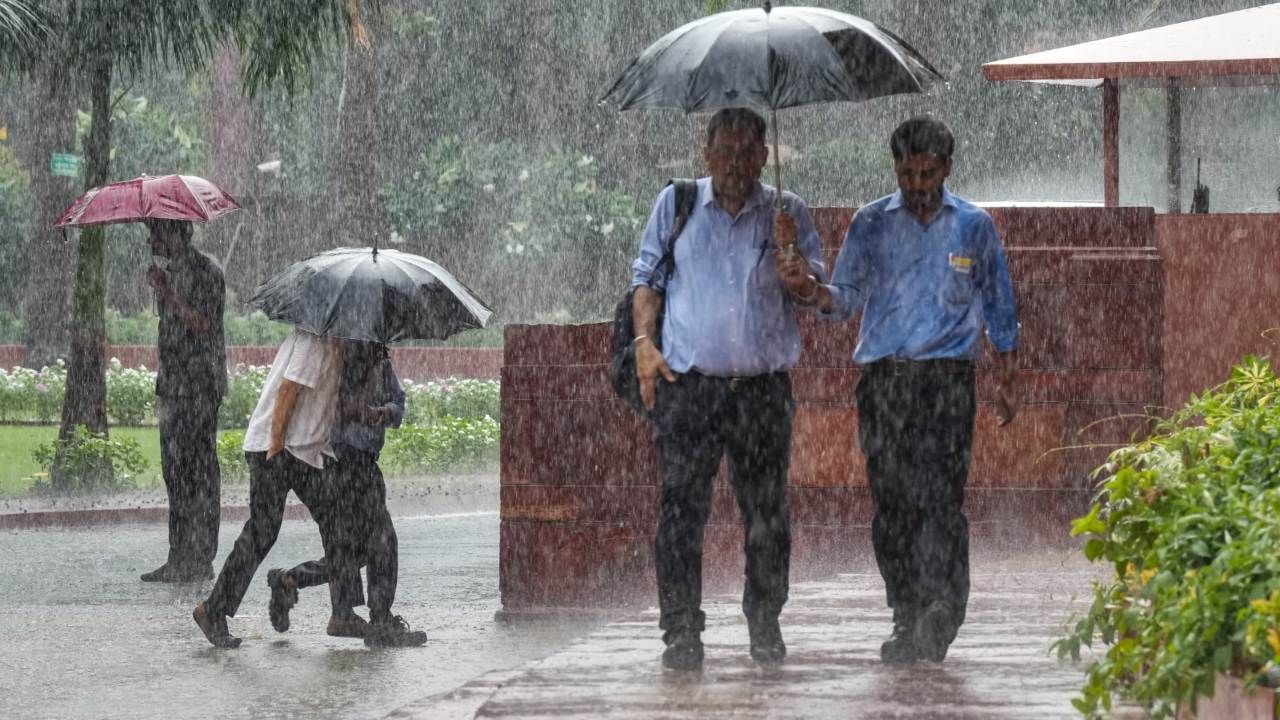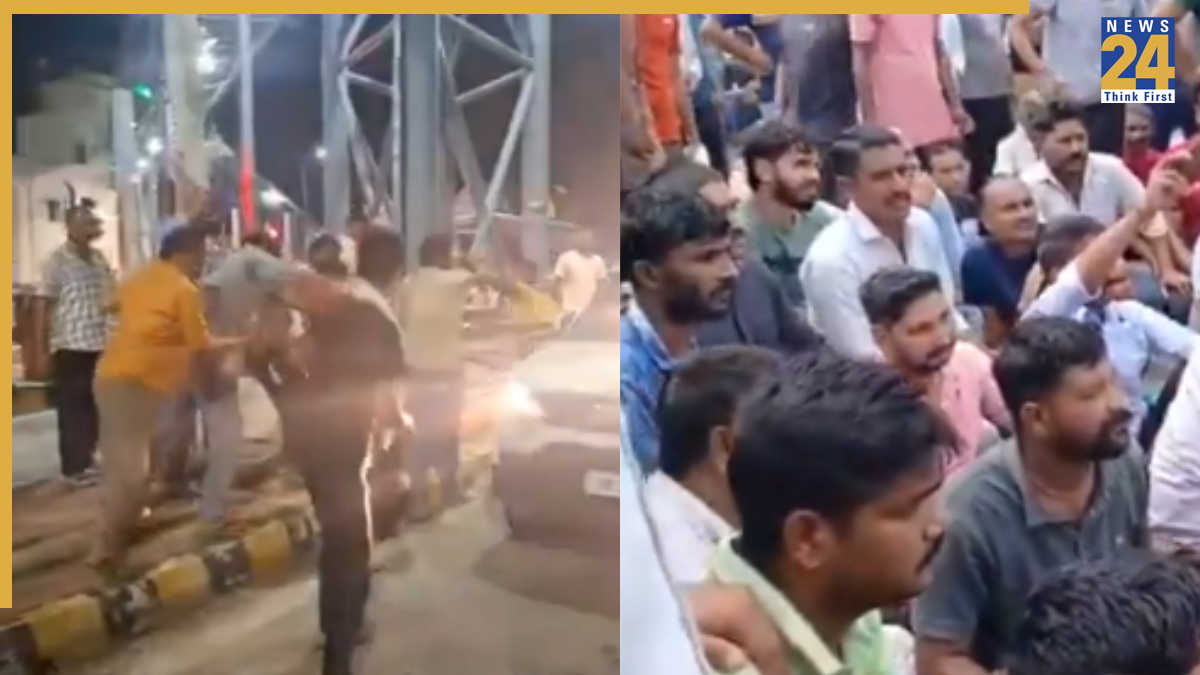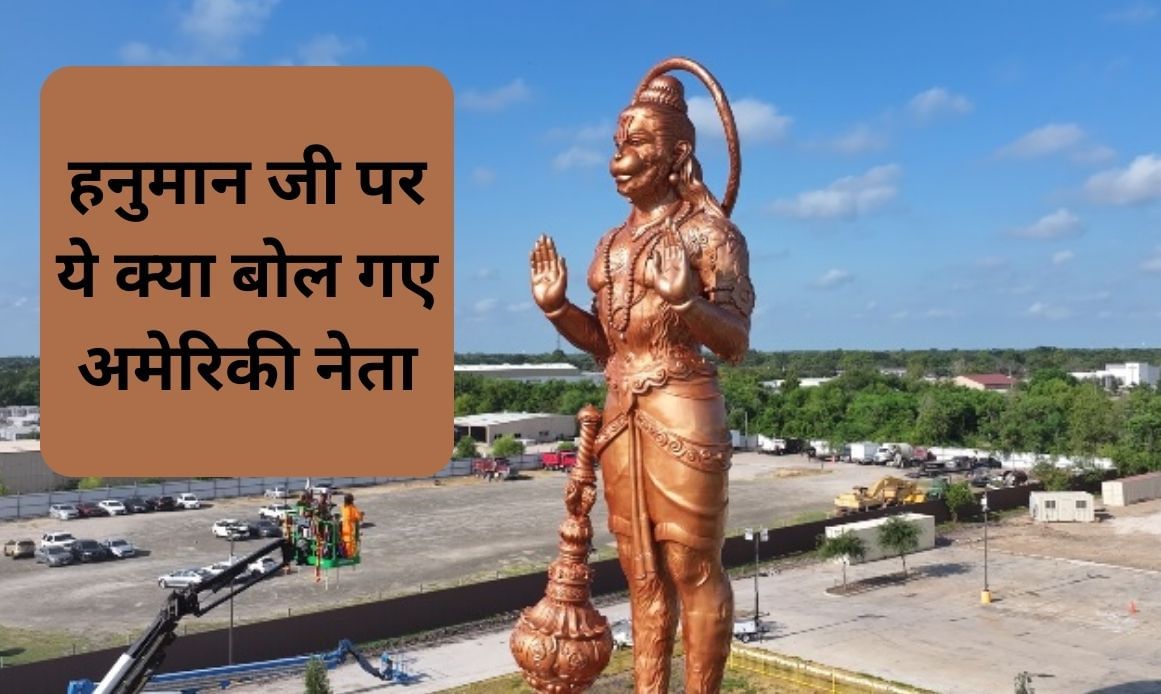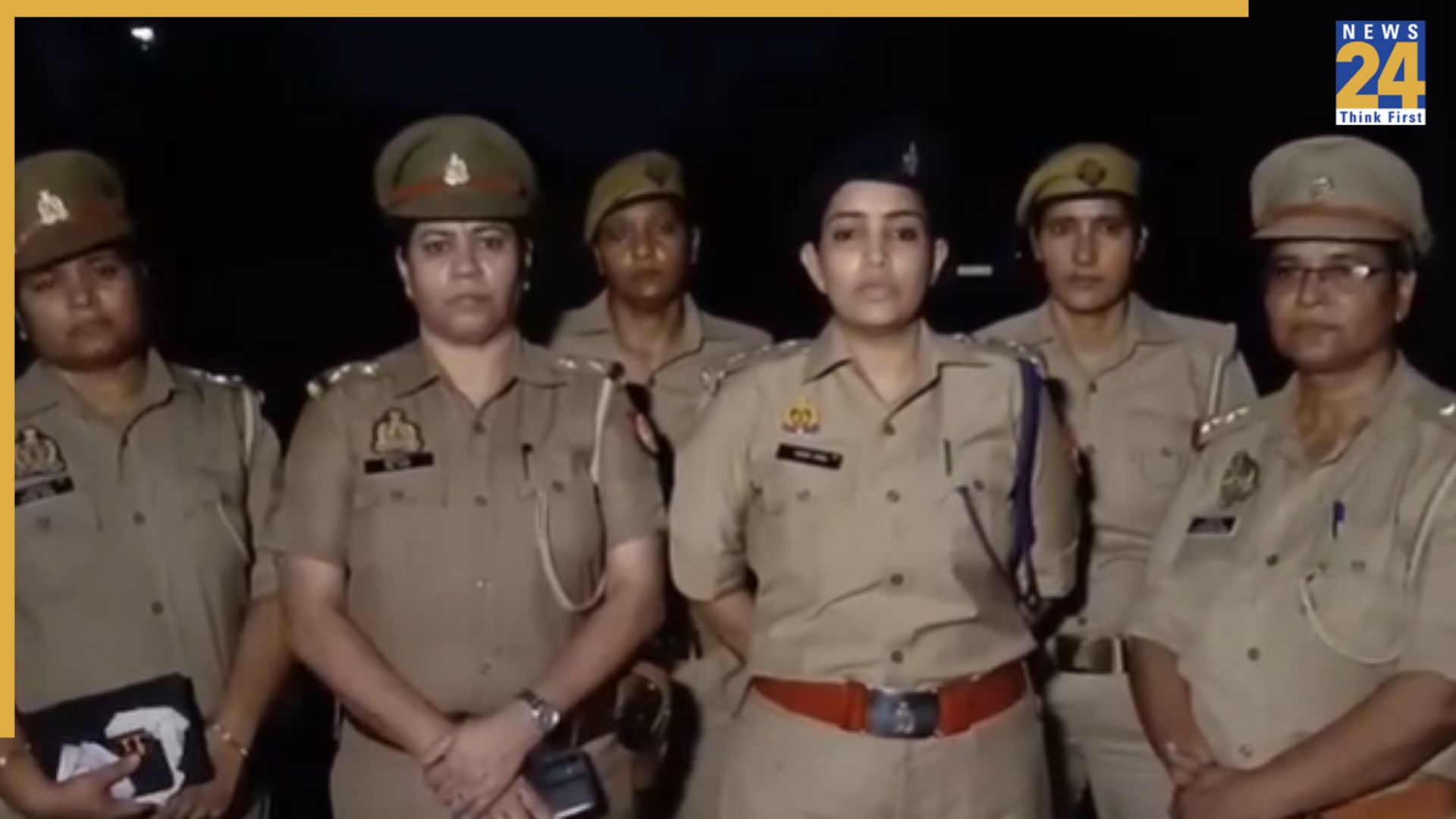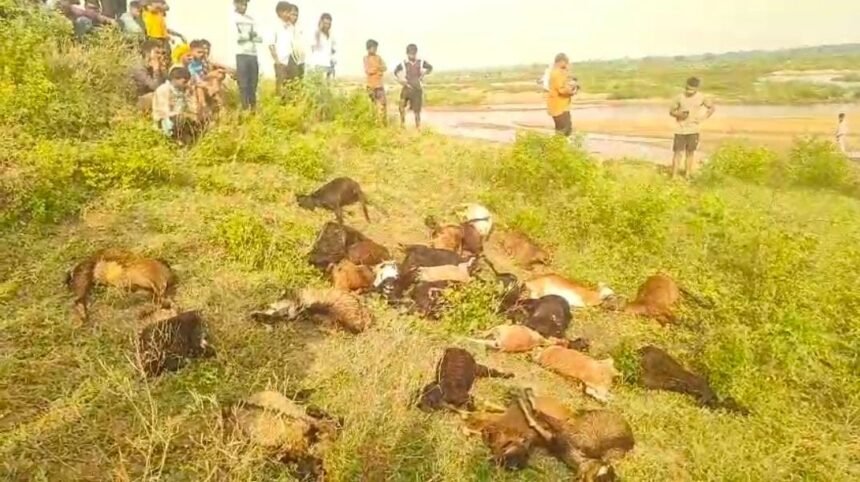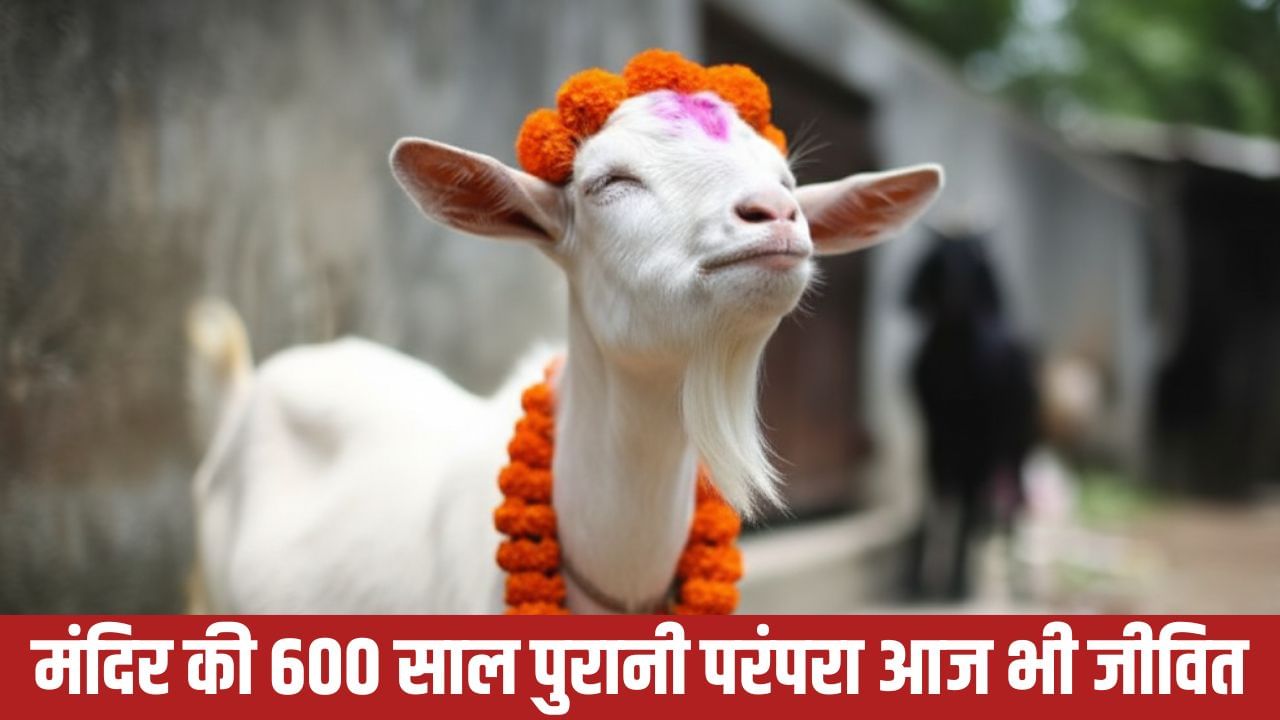Subscribe to Updates
Get the latest creative news from FooBar about art, design and business.
Browsing: Uttar Pradesh
The Nikki Bhati murder case in Greater Noida, Uttar Pradesh, has taken a new turn with fresh allegations emerging. Nikki’s sister, Kanchan,…
Relief is in sight for those traveling back to Bihar during Durga Puja, Diwali, and Chhath Puja. The Bihar government will operate…
The monsoon season is currently displaying its intensity across India. Incidents of cloudbursts and landslides are occurring in the mountainous regions. Rivers,…
The Enforcement Directorate has attached immovable assets valued at Rs 13 crore belonging to an associate of Chhangur Baba, in connection with…
A significant event organized by the Rashtriya Swayamsevak Sangh (RSS) is taking place in Delhi, starting today and running until August 28th.…
Group Captain Shubhanshu Shukla, a national hero who brought pride to the nation after completing a space journey, arrived in his hometown…
In a distressing event in Uttar Pradesh’s Nagarchauri village, a family was targeted in a knife attack on Sunday evening, resulting in…
Stay updated with the latest news and real-time updates on www.news24online.com. Breaking news and events are covered as they unfold. This includes…
The monsoon season continues to bring rainfall across the country. The weather department has warned that a new low-pressure area is forming…
A video circulated widely on social media, capturing a BJP leader in Ballia, Uttar Pradesh, assaulting a Dalit engineer with a shoe.…
The Uttar Pradesh government is set to implement significant changes to its Electric Vehicle (EV) policy. Moving forward, subsidies will only be…
Former Deputy Chief Minister of Bihar, Tejashwi Yadav, is facing mounting legal troubles, with cases registered against him in two states within…
Good news for those wishing to travel from Varanasi to Gaya Ji in Bihar for the purpose of offering ‘Pind Daan’ and…
Various weather patterns are being observed across India, with rainfall occurring in several states. Mumbai is expected to be spared from heavy…
Heavy Rainfall Lashes Mumbai; IMD Issues Alert for Delhi, Predicting Showers Across North India
Monsoon activity has once again become active across several parts of the country. Heavy rainfall is being experienced in states like Maharashtra,…
An Indian Army soldier, 26-year-old Kapil Singh, was attacked at the Bhuni toll plaza in Meerut, Uttar Pradesh, leading to the arrest…
